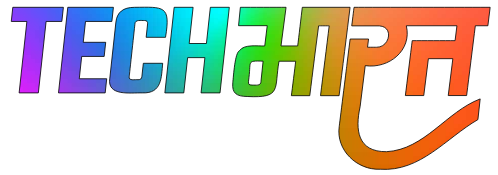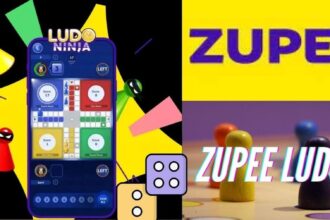Artificial Intelligence (AI) is revolutionizing the education sector, offering tools that help teachers manage their workloads, personalize learning experiences, and engage students more effectively. While ChatGPT is a popular choice, several other AI tools are gaining traction among educators for their unique features and benefits. Here are six AI tools recommended by teachers in 2024 that go beyond ChatGPT.
- Otter.ai
Otter.ai is an AI-powered transcription service that is invaluable in the classroom. It transcribes and organizes audio recordings in real time, allowing students to focus on learning rather than note-taking. Teachers can use Otter.ai to capture lectures, discussions, and meetings, which are then available for students to review at their own pace. The tool integrates seamlessly with platforms like Zoom, enhancing its utility in both in-person and online classes.
Key Features:
- Real-time transcription and note-taking.
- Searchable transcripts with speaker identification.
- Integration with Zoom and other learning platforms.
Limitations:
- Struggles with strong accents and noisy environments.
- Gradescope
Gradescope utilizes AI to streamline grading processes, saving teachers significant time. It supports grading for paper-based exams, online homework, and projects across various subjects. By automating repetitive tasks, Gradescope allows teachers to focus more on personalized feedback and instruction.
Key Features:
- AI-assisted grading and question grouping.
- Built-in plagiarism detection.
- Detailed analytics for identifying student performance trends.
Pricing:
- Free and institutional versions available, with additional features in the institutional plan.
- Canva Magic Write
Canva Magic Write is an AI-powered feature in Canva that helps teachers create visually engaging content. It supports lesson planning, brainstorming, and generating outlines, making it a versatile tool for educators looking to enhance their presentations and teaching materials.
Key Features:
- Text-to-image generation.
- Assists with writing tasks, including lesson plans and presentations.
- User-friendly interface with a variety of templates.
- Eduaide.Ai
Eduaide.Ai is designed to assist teachers in creating high-quality instructional materials. It offers over 100 resource types and can translate content into more than 15 languages. This tool is particularly useful for developing individualized education programs (IEPs), discussion prompts, and assessments.
Key Features:
- Extensive resource library.
- AI teaching assistant for personalized education plans.
- Translation capabilities.
Pricing:
- Free and premium plans available.
- Fireflies.ai
Fireflies.ai is known for its summarization capabilities, which automatically generate concise summaries of lectures and meetings. This helps students who missed classes or need to revisit specific topics. The tool also supports collaborative learning by allowing students to share notes and summaries.
Key Features:
- Automated transcription and summarization.
- Collaboration features for sharing notes.
- Search functionality for easy review.
Limitations:
- Requires an internet connection for full functionality.
- Quizizz
Quizizz is an interactive platform that enhances learning through quizzes and lessons. Its AI features adjust question difficulty and check grammar, providing a personalized learning experience for each student. Teachers can create custom quizzes or use pre-made templates to assess student understanding.
Key Features:
- Personalized learning paths based on student responses.
- AI-enhanced question generation.
- Integration with other educational tools.
Pricing:
- Free with additional features available in premium plans.
These AI tools offer innovative solutions to common challenges faced by educators, from grading and lesson planning to student engagement and personalized learning. By integrating these tools into their teaching strategies, educators can enhance their productivity and provide a richer learning experience for their students.



















